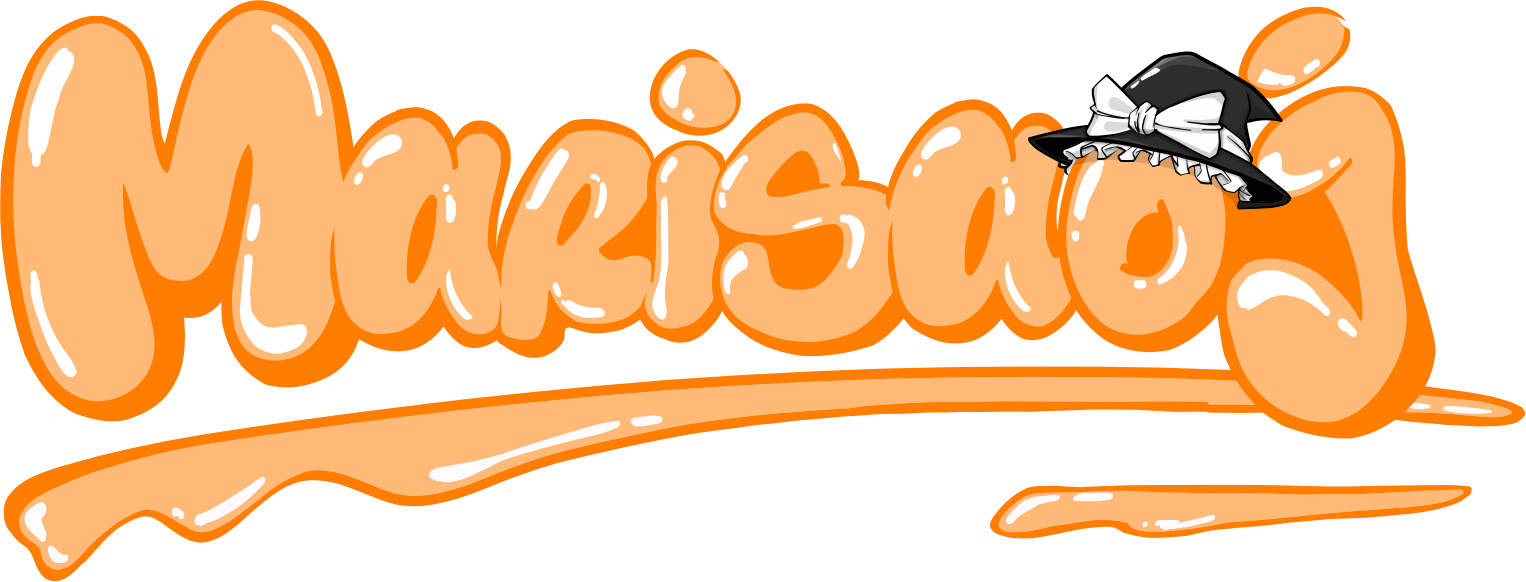The beauty of circulation
Time limit: 2000 ms
Memory limit: 512 MB
| Test | $n$ | $m$ | $k$ |
|---|---|---|---|
| 1 | $\le 10$ | $\le 20$ | $=2$ |
| 2 | $\le 100$ | $\le 10^4$ | |
| 3 | $\le 1000$ | ||
| 4 | $\le 10000$ | ||
| 5 | $\le 10$ | $\le 20$ | $=3$ |
| 6 | $\le 100$ | $\le 10^4$ | |
| 7 | $\le 1000$ | ||
| 8 | $\le 10000$ | ||
| 9 | $\le 10$ | $\le 20$ | $ \le 100$ |
| 10 | $\le 100$ | $\le 10^4$ | |
| 11 | $\le 1000$ | $\le 1000$ | |
| 12 | $\le 10000$ | ||
| 13 | $\le 10^5$ | $\le 10^8$ | $\le 100$ |
| 14 | $\le \times 10^5$ | $\le 1000$ | |
| 15 | $\le \times 10^5$ | ||
| 16 | $\le 10^6$ | $\le 10^8$ | $\le 100$ |
| 17 | $\le \times 10^6$ | $\le 1000$ | |
| 18 | $\le \times 10^6$ | ||
| 19 | $\le 10^7$ | $\le 10^8$ | $\le 100$ |
| 20 | $\le 2 \times 10^7$ | $\le 1000$ | |
| 21 | |||
| 22 | $\le 10^8$ | ||
| 23 | |||
| 24 | |||
| 25 | |||
